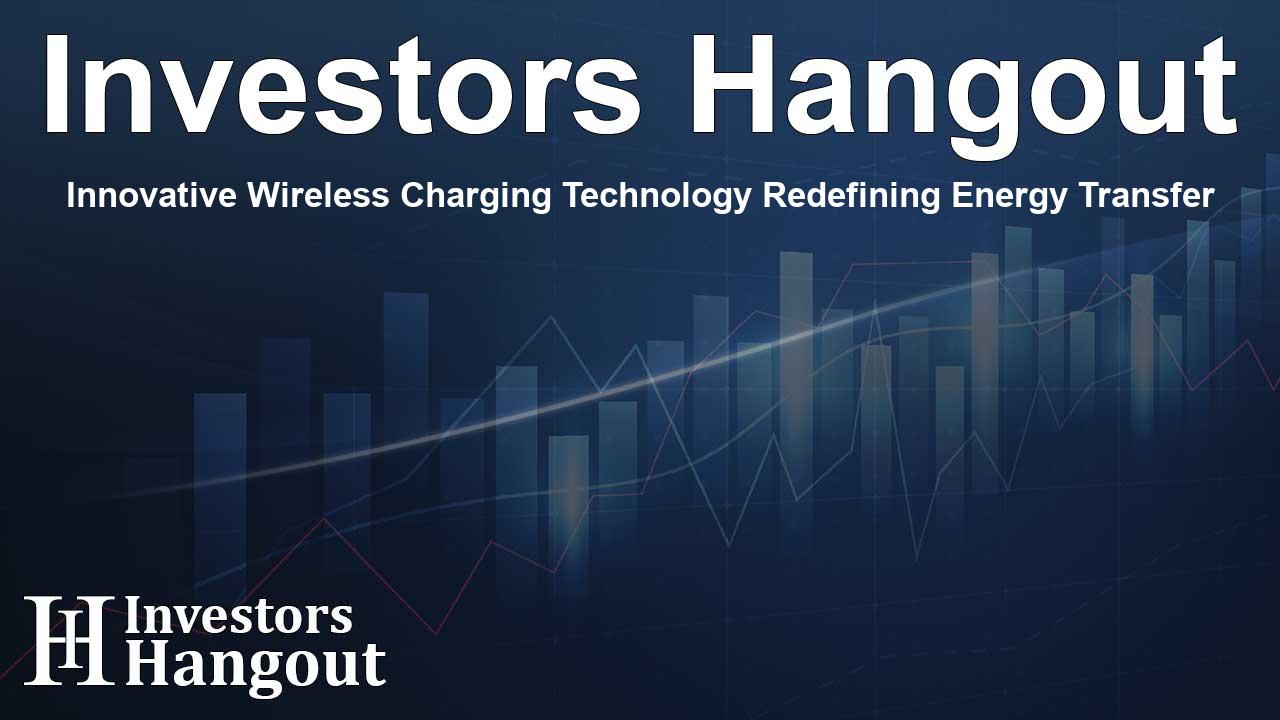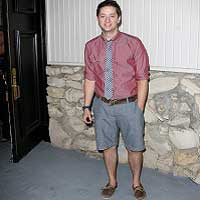Innovative Wireless Charging Technology Redefining Energy Transfer

Revolutionary Developments in Wireless Charging Technology
The latest advancements in wireless charging technology have taken a significant leap forward thanks to research conducted at Incheon National University. The development of a new resonant, auto-adjusting rectifier aims to boost the efficiency of wireless power systems by adapting dynamically to frequency variations.
Understanding Wireless Power Transfer
Wireless power transfer (WPT) allows devices to charge without the need for cables or direct physical connections. At the heart of these systems are resonant circuits, which play a crucial role in optimizing energy transfer from the transmitter to the receiver. These circuits rely on a delicate balance between capacitance and inductance, aligning their resonance to minimize impedance and maximize power output.
The Challenges of Frequency Modulation
Despite their advantages, wireless charging systems face notable challenges. The electromagnetic fields generated during operation can interfere with other electronic devices, requiring frequent adjustments to the system's operating frequency. However, these adjustments can lead to mismatches between the modulated and inherent resonant frequencies, hampering power delivery and reducing efficiency.
Existing Solutions and Their Limitations
Current methods to address frequency mismatches often come with complications. They may involve bulky additional hardware or complex circuitry that introduces inefficiencies and higher costs. As a result, researchers at Incheon National University, led by Professor Dukju Ahn, sought to develop a more practical approach.
Introducing the Resonant Tuning Rectifier (RTR)
The team unveiled the resonant tuning rectifier (RTR), designed specifically for parallel resonant receivers. This innovative device utilizes a minimalist design that harmonizes with the system's natural current flow. Professor Ahn states, "Our RTR does not require extra power components or complex feedback circuitry, making it more feasible for real-world applications." This design drastically simplifies the implementation of wireless charging technology.
How the RTR Works
The RTR automatically recalibrates its effective capacitance to match the resonant frequency by synchronizing control signals with the system’s current. It cleverly compensates for variances between intrinsic resonance and modulation periods, leveraging a simple sensor coil to gather phase information. This innovative setup eliminates the necessity for continuous transmitter-receiver communication, enhancing overall system efficiency.
Practical Applications and Performance
Experimental tests of a 2.2 kW prototype demonstrated the RTR's capabilities for automobile charging. It effectively compensates for frequency modulation oscillating between 80–90 kHz in just 70 milliseconds, ensuring stable power output even during misalignment. Impressively, it increased the charging efficiency from 3.5% to 8.1%. The zero-voltage operating framework aids in optimizing control protocols, significantly lowering energy losses during operations.
The Broader Impact of RTR Technology
Professor Ahn emphasizes the broader implications of this technology. He notes, "The automatic adjustment of resonant frequency not only affects wireless charging but can also transform induction heating, plasma generation, and power conversion systems." With its efficient design and minimal energy losses, the RTR positions itself as a pioneering force in improving the performance of wireless power solutions.
The Future of Wireless Charging
With the growing prevalence of wireless charging technology in modern devices, the introduction of the RTR could make these advancements more attainable for everyday users. By solving existing issues and providing a more accessible charging solution, Incheon National University is set to play a pivotal role in shaping the future of energy transfer.
Frequently Asked Questions
1. What is the purpose of the resonant tuning rectifier?
The resonant tuning rectifier enhances the efficiency of wireless charging systems by automatically adjusting to frequency changes, ensuring stable power delivery.
2. How does wireless power transfer work?
Wireless power transfer allows devices to charge without physical connections, using resonant circuits to optimize energy flow between the transmitter and receiver.
3. What challenges does the RTR address?
The RTR overcomes inefficiencies caused by frequency mismatch and electromagnetic interference, offering a simpler and more effective charging solution.
4. In what applications can this technology be used?
The technology can be applied in various fields, including wireless charging for electric vehicles, induction heating, and advanced power conversion systems.
5. Why is the RTR considered innovative?
The RTR's minimalist design reduces complexity, lowers costs, and improves energy efficiency, making wireless charging technology more accessible and practical.
About The Author
Contact Logan Wright privately here. Or send an email with ATTN: Logan Wright as the subject to contact@investorshangout.com.
About Investors Hangout
Investors Hangout is a leading online stock forum for financial discussion and learning, offering a wide range of free tools and resources. It draws in traders of all levels, who exchange market knowledge, investigate trading tactics, and keep an eye on industry developments in real time. Featuring financial articles, stock message boards, quotes, charts, company profiles, and live news updates. Through cooperative learning and a wealth of informational resources, it helps users from novices creating their first portfolios to experts honing their techniques. Join Investors Hangout today: https://investorshangout.com/
The content of this article is based on factual, publicly available information and does not represent legal, financial, or investment advice. Investors Hangout does not offer financial advice, and the author is not a licensed financial advisor. Consult a qualified advisor before making any financial or investment decisions based on this article. This article should not be considered advice to purchase, sell, or hold any securities or other investments. If any of the material provided here is inaccurate, please contact us for corrections.
